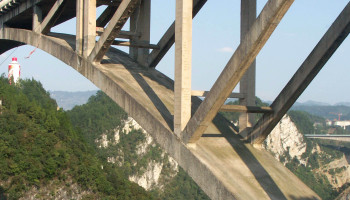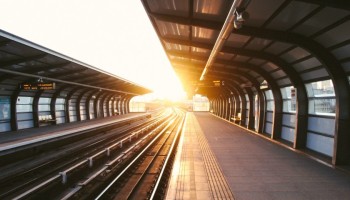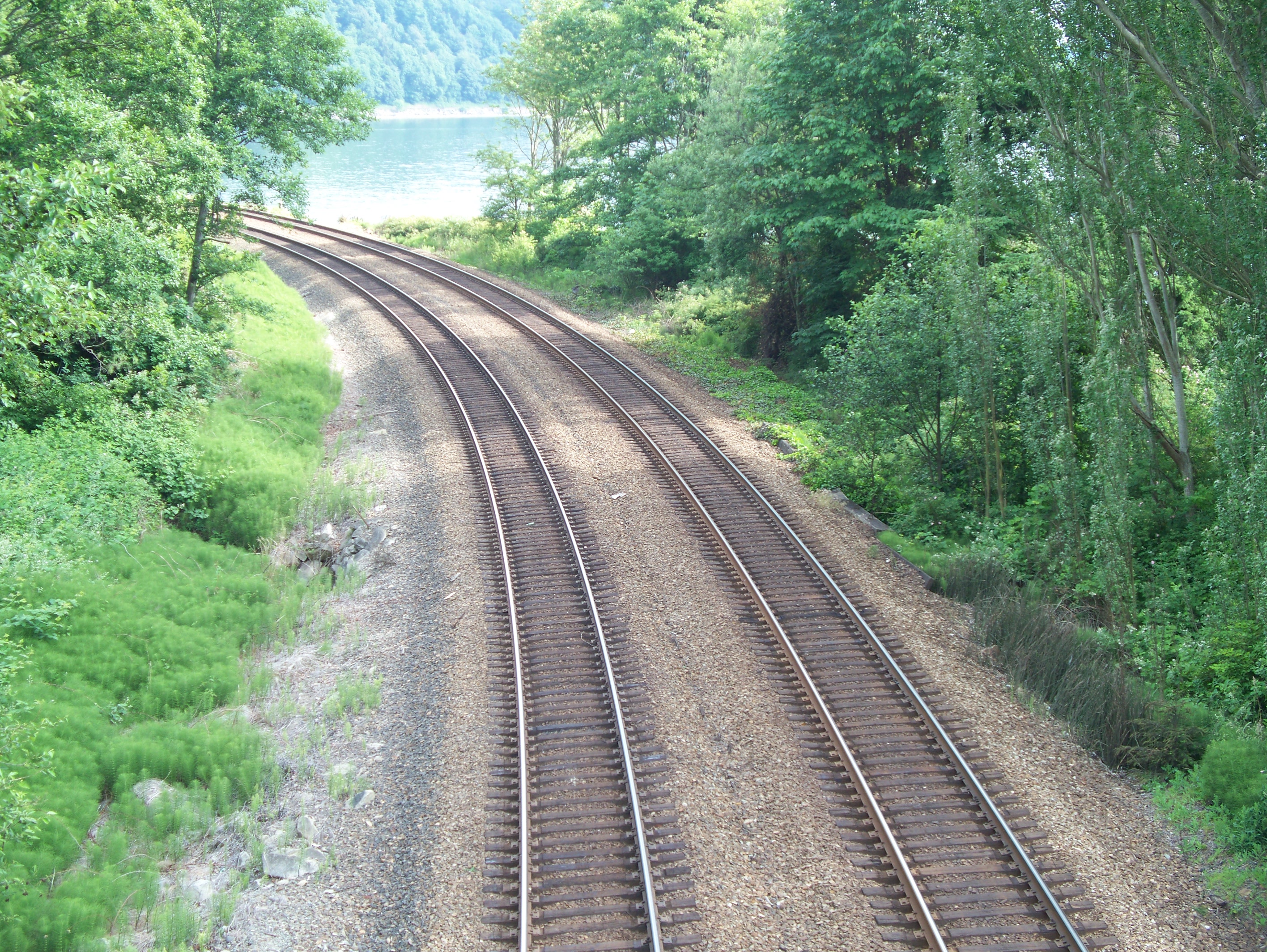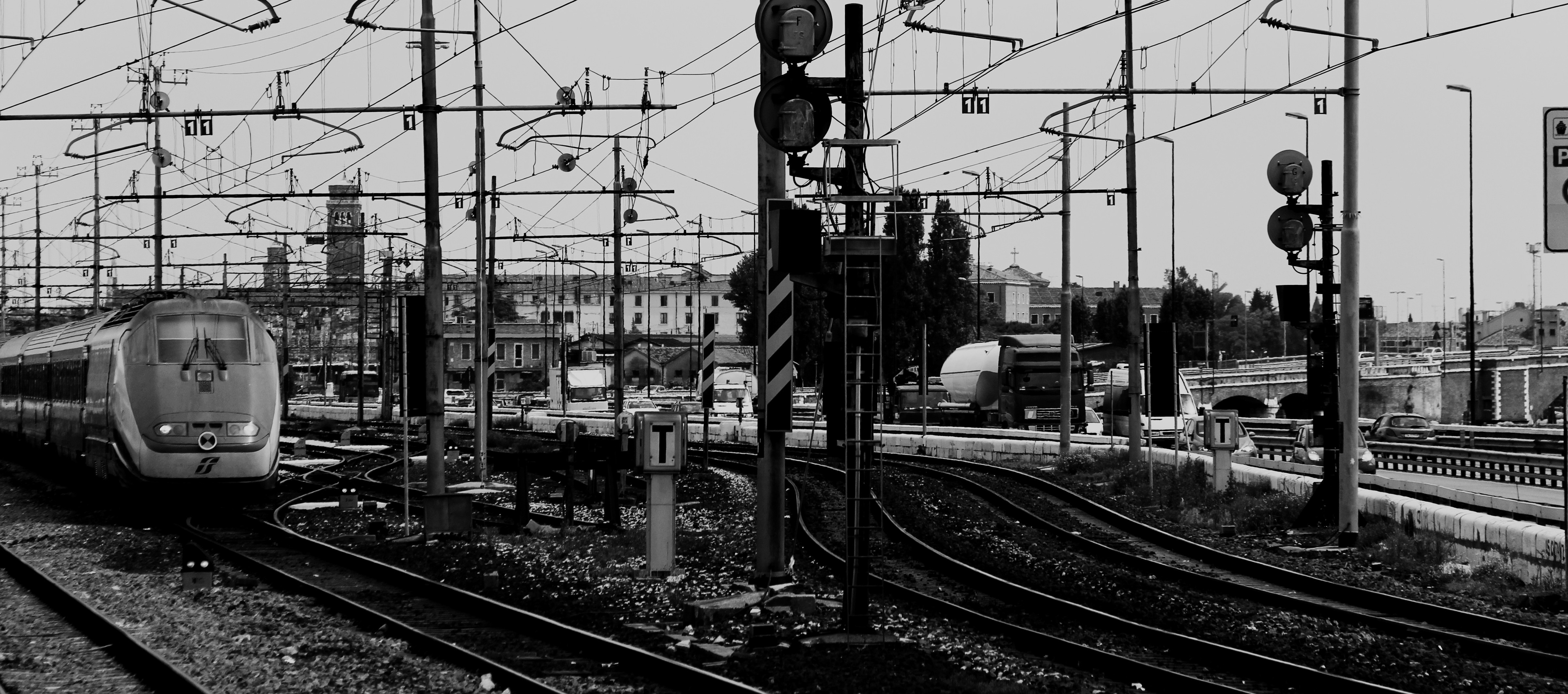Signalling and Control

Signalling and Control includes the systems set up to ensure safe operation of multiple trains, track switching, scheduling, and related systems. Some estimates also include “communications”, with expenses such as wi-fi basestations that allow on-board internet connectivity. AECOM13 calculates signalling on a unit basis, rather than a per-km basis, which…








